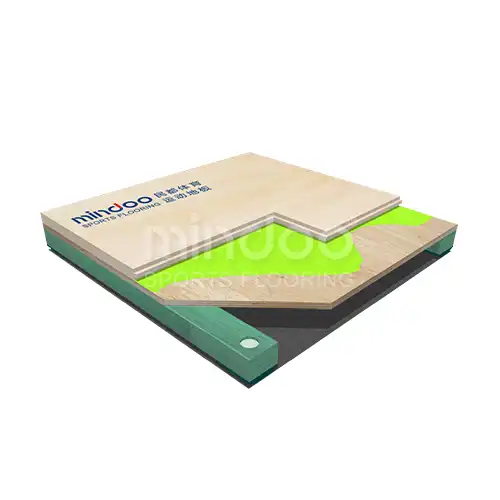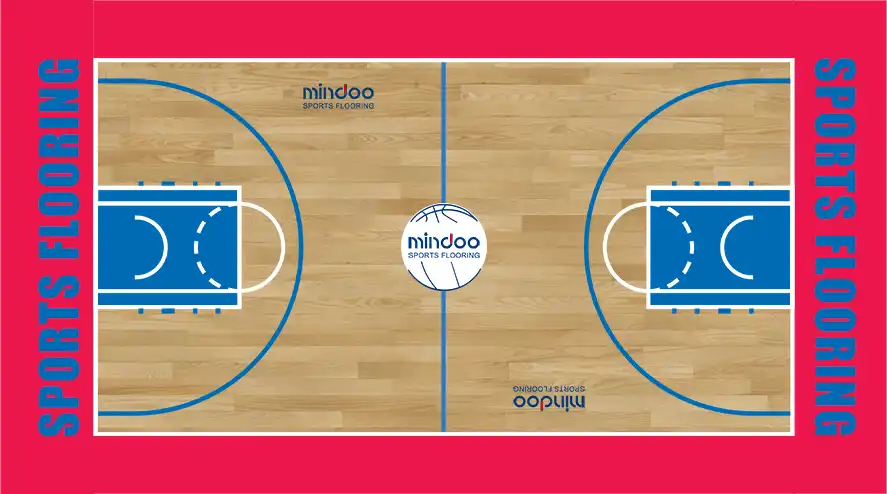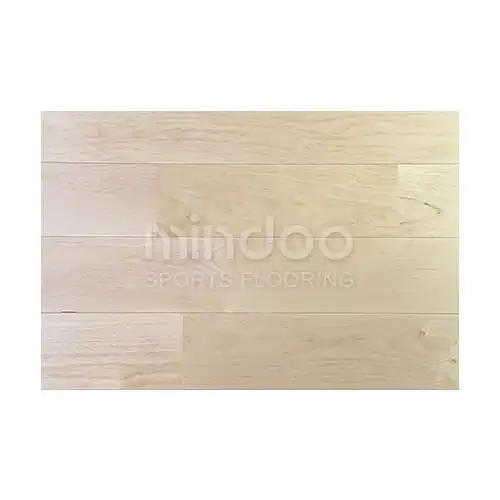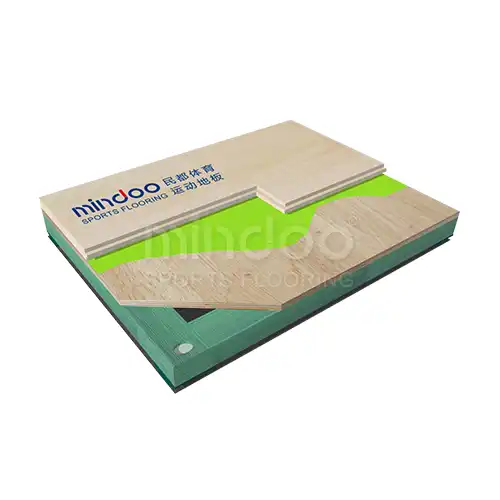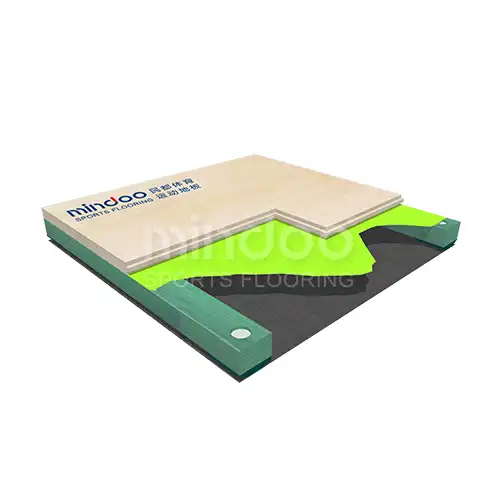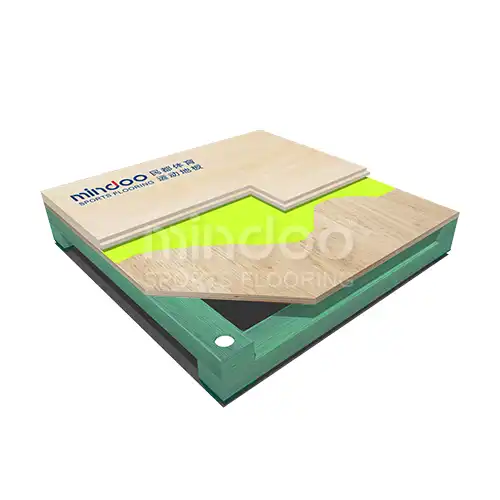Why Does Sports Wood Flooring Crack Over Time? Key Factors and Prevention Tips
As sports wood flooring continues to gain popularity in gyms, fitness centers, and multi-purpose halls, one question often arises: Why does it crack after prolonged use? The integrity of your flooring system is critical to performance and safety, so it's important to understand the root causes behind these cracks and how to avoid them.
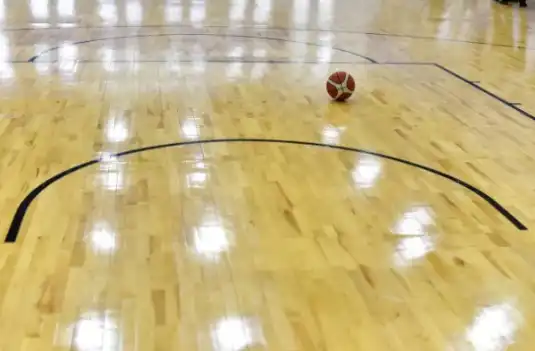
1. Environmental Conditions: Humidity and Temperature Fluctuations
Wood is a natural material that responds to changes in its environment. The primary cause of cracking in sports wood floors is the fluctuation in humidity and temperature. Wood fibers absorb and release moisture depending on the surrounding air conditions.
- High Humidity: When moisture levels in the air increase, the wood absorbs the excess water, causing it to expand.
- Low Humidity: During dryer seasons or in air-conditioned spaces, wood loses moisture, which results in shrinking and the formation of cracks.
Extreme humidity fluctuations, such as sudden heating or air conditioning, can exacerbate this issue. These changes affect the wood’s moisture content and lead to contraction or expansion that eventually results in cracks.
2. Improper Installation
Another common culprit behind floor cracking is improper installation. If the floorboards aren't laid with the correct gap allowances for expansion and contraction, they can become stressed over time. Flooring that’s too tightly installed, with no room for natural wood movement, is prone to cracking. Additionally, incorrect adhesives or failure to let the wood acclimate to the environment before installation can contribute to long-term damage.
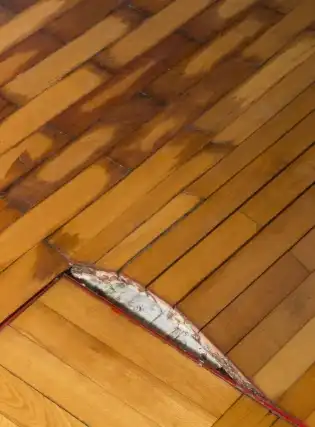
3. Wear and Tear from Heavy Use
Sports wood flooring is designed to handle significant foot traffic and the constant impact of sports activities. However, over time, high-impact activities, especially those that involve sharp or repeated force, can cause the wood to weaken. If the flooring is subjected to excessive stress, cracks can form at the seams or on the surface.
- Heavy equipment and dropped objects can further contribute to cracks and other types of wear. A sports hall where intense training sessions, competitions, or group activities take place can see more visible effects from continuous force.
4. Insufficient Maintenance and Care
Neglecting to maintain the floor can accelerate cracking. Dust, dirt, and debris can act as abrasives that wear down the wood surface, leading to premature deterioration. If the finish wears off over time, it can expose the wood to environmental factors that increase its vulnerability to cracking.
Additionally, failing to regularly refinish and clean the floor means the protective layer is weakened, leading to greater moisture absorption or uneven drying.
How to Prevent Cracking: Tips for Long-Term Durability
1. Control Indoor Climate Conditions
To prevent cracking, maintaining a stable environment is key. Use humidifiers and dehumidifiers to keep moisture levels within an optimal range. For most sports wood floors, the ideal humidity level is between 35% and 55%, and the temperature should be kept between 60°F and 75°F.
- Install a humidification system if your space experiences drastic humidity swings.
- Avoid placing the floor in areas subject to extreme temperature variations (e.g., next to windows, heating vents, or air conditioners).
2. Choose High-Quality Flooring and Expert Installation
Work with reputable suppliers and experienced installers who can ensure the flooring is laid properly. Make sure that the floor has enough space for expansion and contraction. Be sure to allow the wood to acclimate to the room’s temperature and humidity before installation.
Additionally, opt for high-quality wood, preferably hardwoods like maple or oak, which are more resistant to cracking and wear.
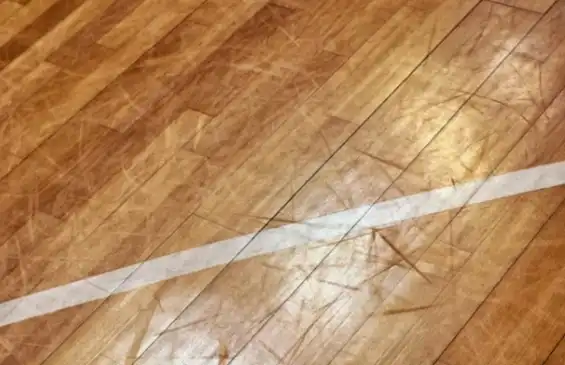
3. Regular Maintenance and Cleaning
Routine cleaning and maintenance are vital for preserving the longevity of your sports flooring. Follow a consistent schedule to remove dirt and dust that can accumulate and act as abrasives. Regularly apply an appropriate wood finish to protect the surface from moisture, UV light, and impact.
- For areas with high traffic or sports activity, it's worth investing in a refinishing schedule to keep the floor looking its best and prevent surface damage。
- Use appropriate cleaning products designed for wood floors, avoiding harsh chemicals that may strip away protective coatings.
4. Reinforce with Protective Mats or Pads
For gyms or training centers where heavy equipment and intense physical activity are common, consider placing protective mats or padding in high-impact zones. This will help absorb shock, distribute force, and reduce the pressure applied directly to the flooring.
5. Prompt Repairs
The moment a crack or any damage is detected, address it immediately. Small issues left unchecked can escalate quickly. Engaging professionals for routine inspections can help identify areas that need attention before they turn into larger problems.
In the end, sports wood flooring is a significant investment, and by following these tips, you’ll keep your floors in top condition for years of high-performance play.
